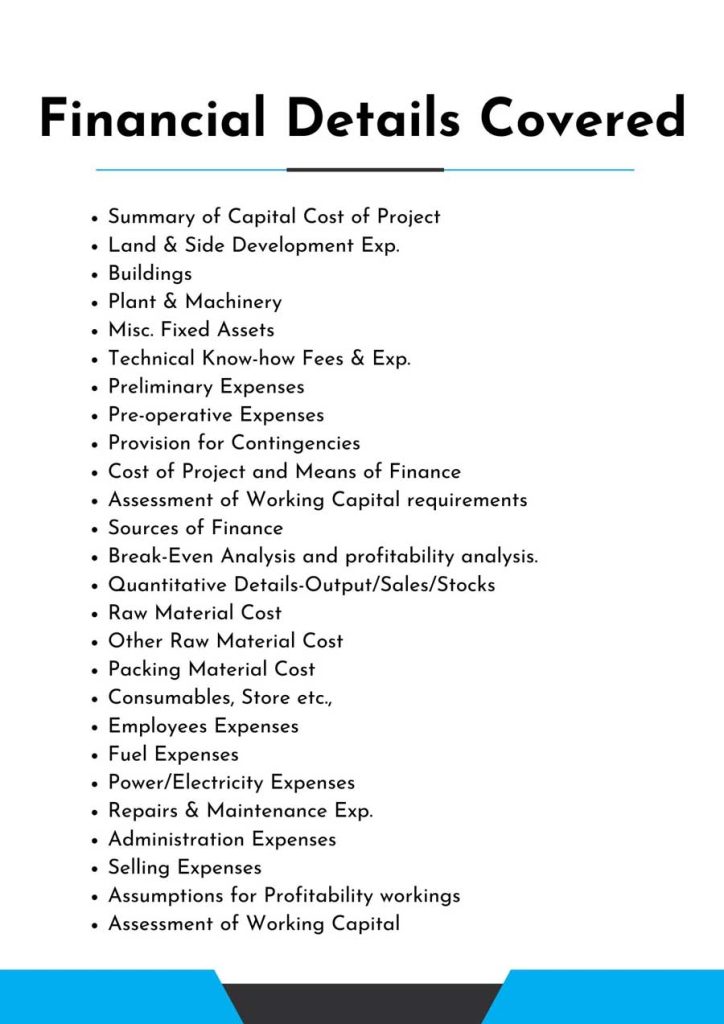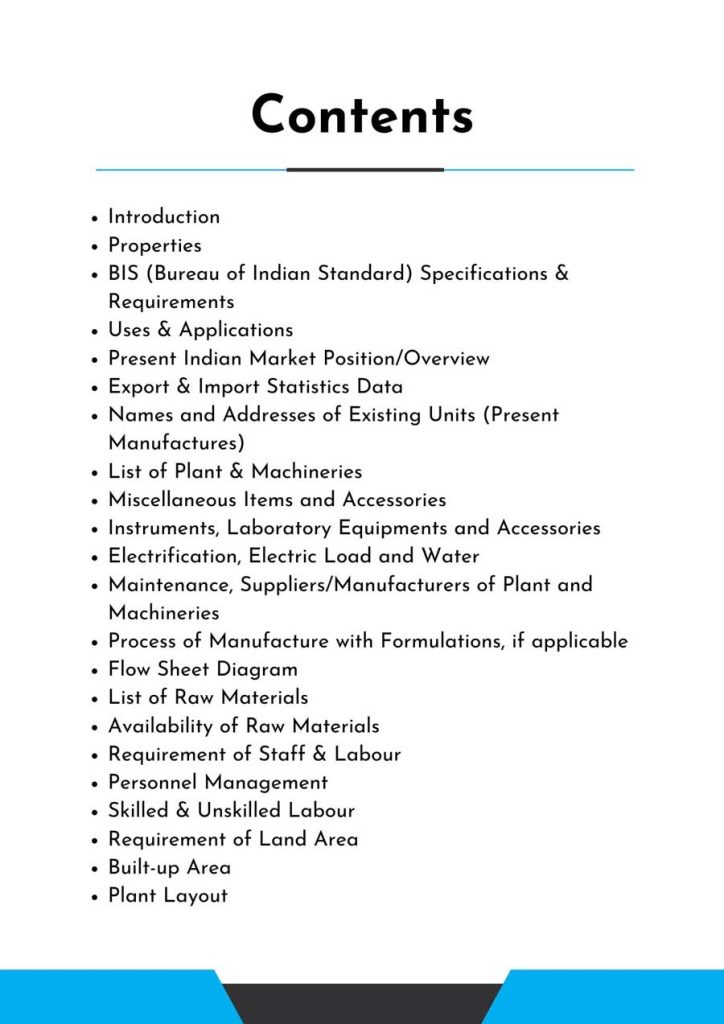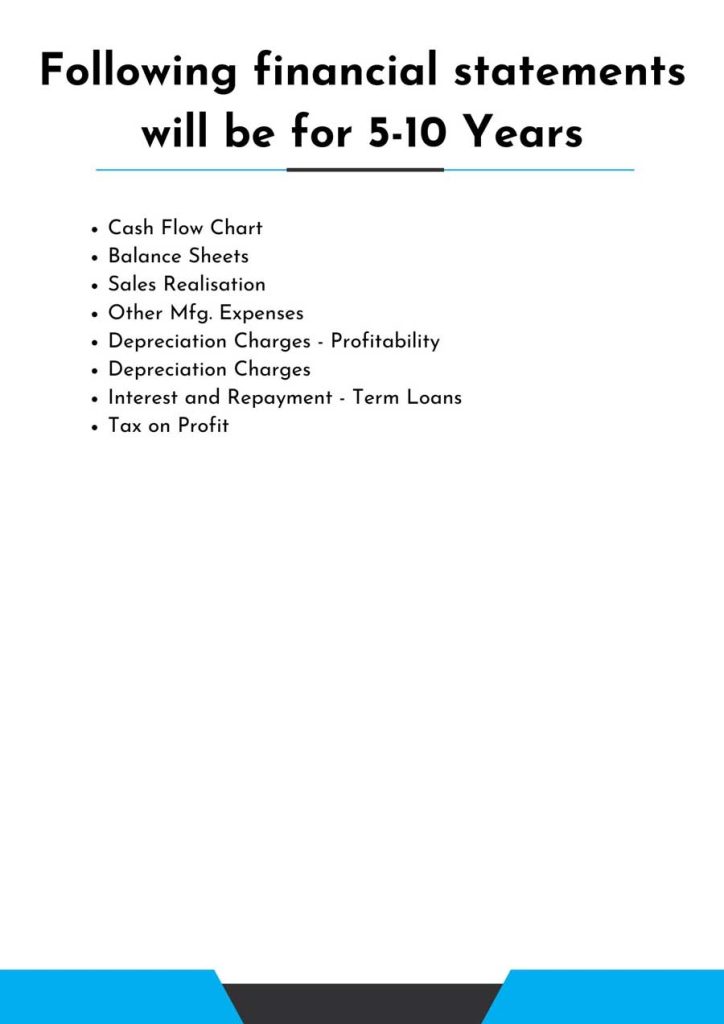Feasibility
Report On
Cement Factory
A cement factory is a facility where limestone and other materials are processed to produce cement, a vital component in construction. It employs workers and contributes to the local economy by supplying cement for various building projects.
Introduction
Feasibility Report For Cement Factory.
A cement factory, also known as a cement plant or cement manufacturing plant, is an industrial structure that produces cement. Cement is an important building material that is normally utilized in the form of a powder. The cement manufacturing process begins with the mining and processing of raw materials such as limestone, clay, shale, sand, and iron ore to generate a mixture known as “raw meal.” As limestone is an important component in cement production, cement plants are frequently located near limestone deposits. They necessitate substantial infrastructure and energy resources to function properly. Environmental concerns, such as emissions and waste management, are critical for contemporary cement plants to maintain sustainable and responsible manufacturing methods.
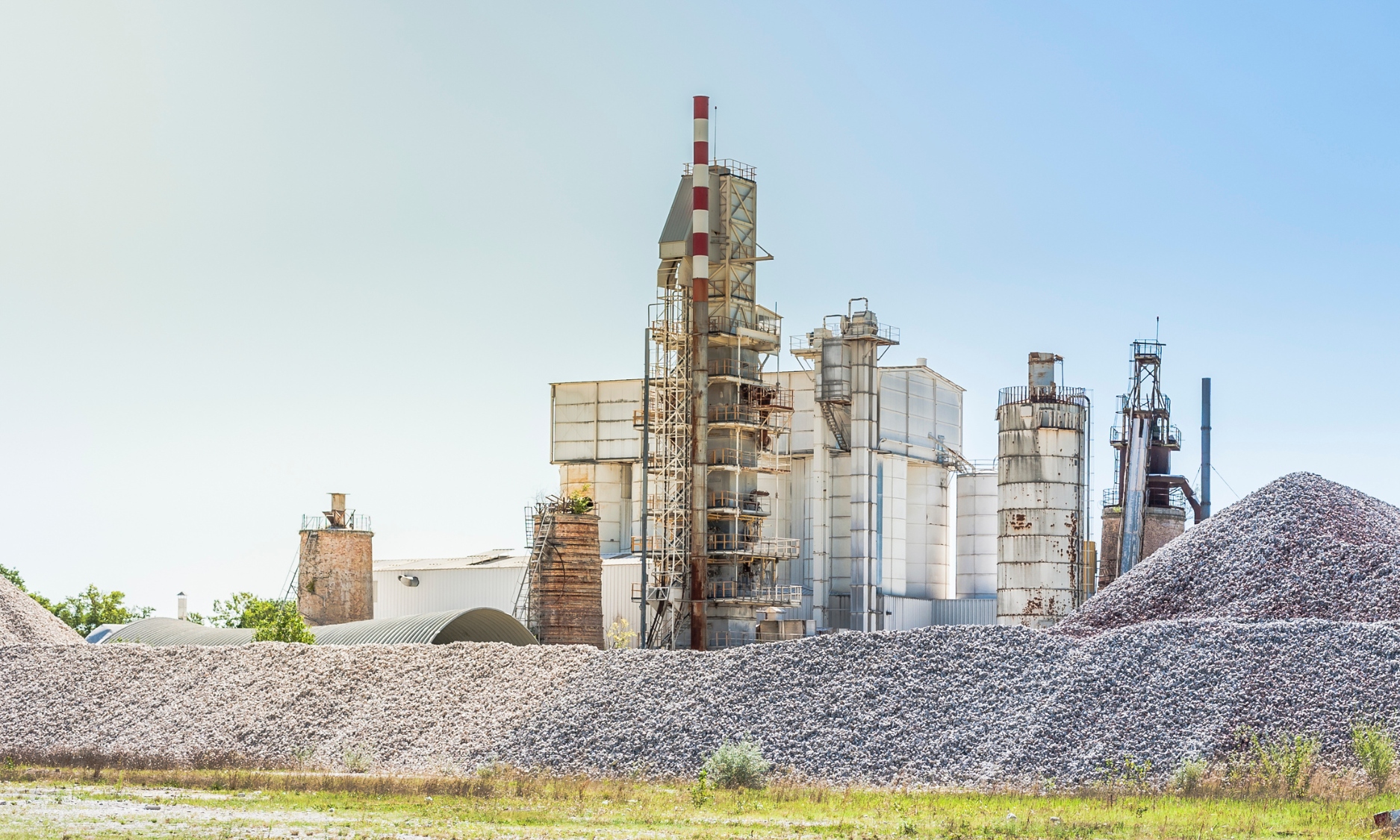
A cement mill provides numerous societal and economic advantages. For starters, it provides jobs for a diverse workforce by offering consistent employment opportunities. It encourages local development and contributes to economic prosperity by generating income and taxes. Cement plants also help to improve infrastructure by providing essential building materials for roads, buildings, and other structures. Furthermore, they contribute to urbanisation and improve living standards through financing housing projects and urban expansion. Cement manufacture contributes to sustainable development through efficient resource utilisation, waste management, and environmental actions.
The cement industry is India’s second most important primary and fundamental sector, after only the iron and steel industry in importance. The cement industry is a vital industry that significantly contributes to the development of other manufacturing industries, buildings, and even agriculture. Every industry requires the usage of cement, and cement is a fundamental component of industrial infrastructure. It directly and indirectly employs a huge number of people and contributes significantly to the GDP. Cement is an essential component of the infrastructure sector. The industry’s performance and cement pricing, on the other hand, are being closely examined.
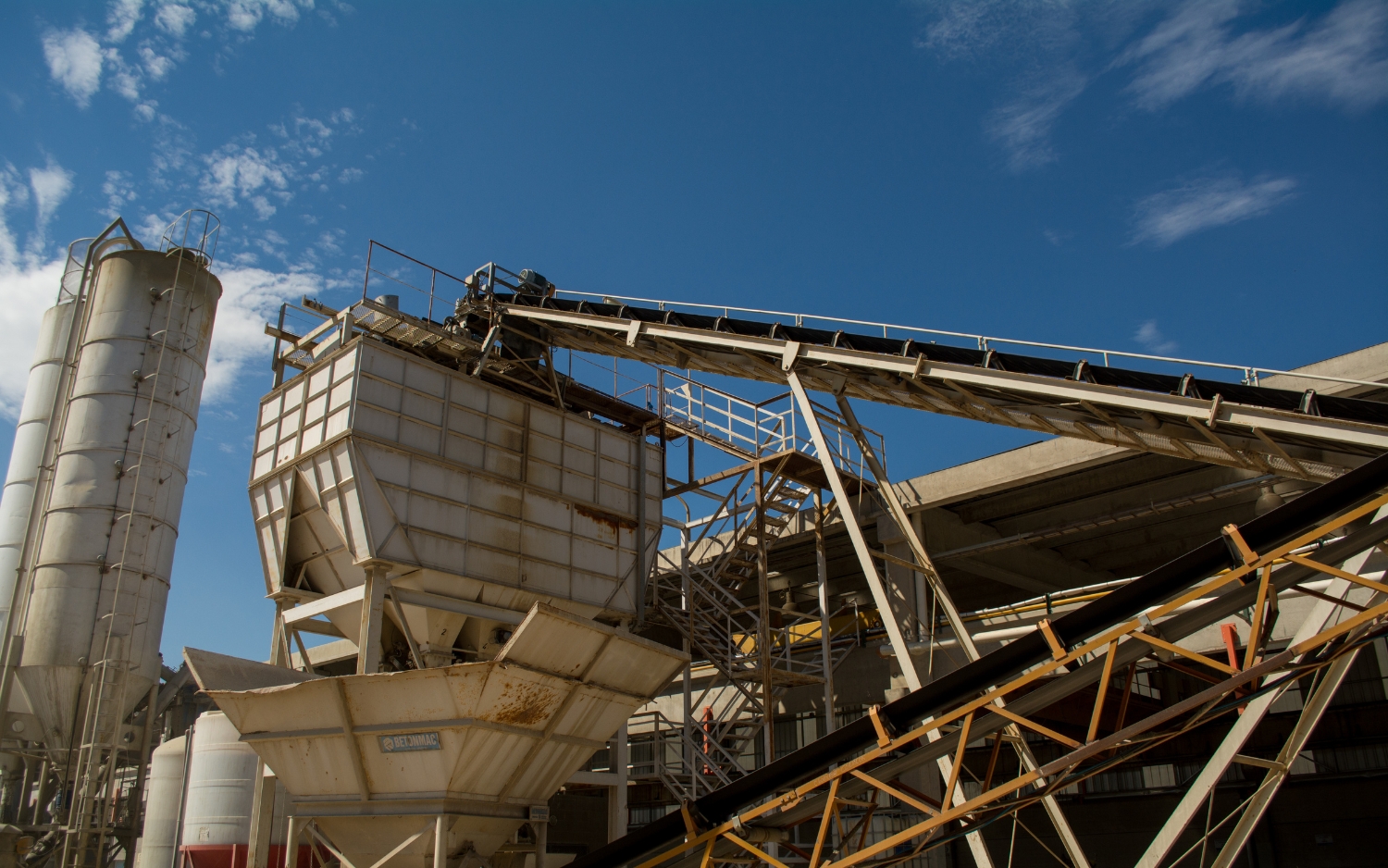
Feasibility Report Sample On Cement Factory



Market Strategy of Cement Factory
The cement market in India would be approximately $3,644.5 million tonnes in 2022. The market is predicted to reach 4,832.6 million tonnes by 2028, with a 4.94% CAGR between 2023 and 2028.
The increased population has increased the demand for residential building. This has raised worldwide cement consumption. The rising need for public infrastructure and non-residential structures such as hospitals and healthcare centres has created a product consumption potential. As a result, the current market trend is growing demand from an expanding construction sector. Cement is an important building material. Cement is used to manufacture concrete and mortar, as well as for a range of other construction-related purposes. The cement market is divided into three categories: type, application, and geography. The market is divided into three categories: Portland, Blended, and Other Types. The market is divided into five applications: residential, commercial, infrastructure, industrial and institutional, and others. The research also includes cement market size and predictions for 15 countries in main regions. Market sizing and forecasting for each category have been done in terms of volume (Kilo Tons).
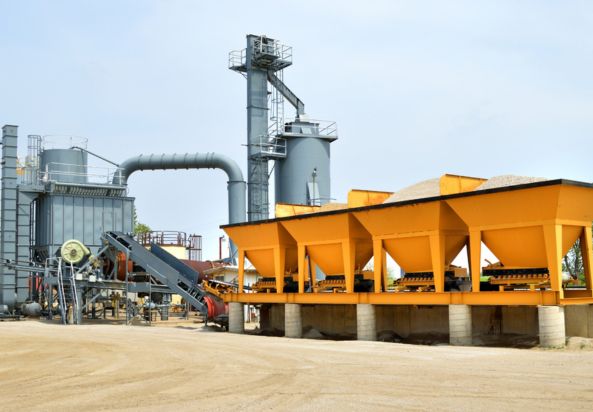
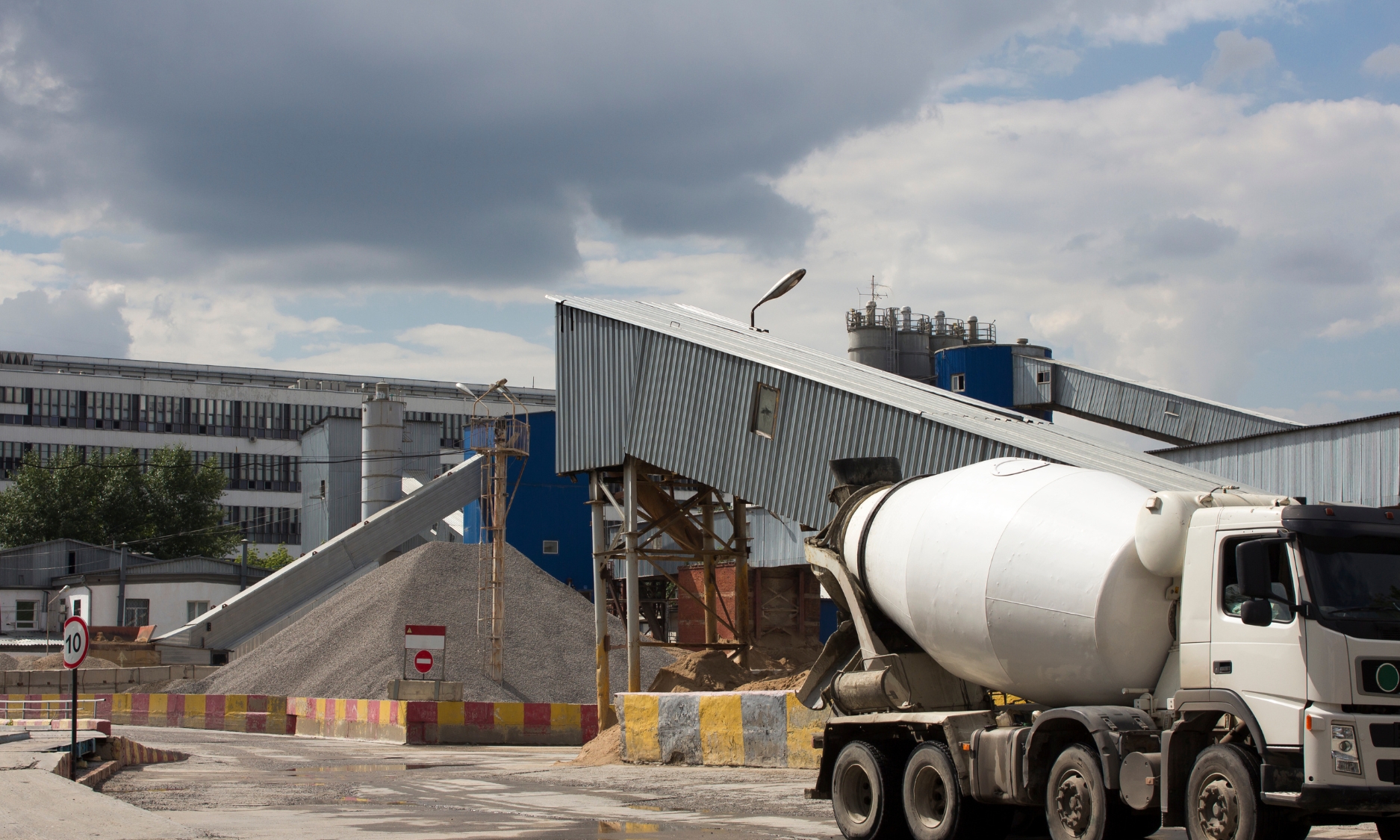
The cement business in India is primarily driven by a significant increase in construction activity as a result of rapid population expansion and increased demand for residential spaces. The construction of large infrastructure projects in the country, such as airports and motorways, is also helping industry growth. Furthermore, with rising environmental concerns, there has been an increase in demand for green architecture. The Indian government has actively promoted house construction in order to provide housing for around 1.3 billion people. The government is planned to invest approximately USD 1.3 trillion in housing over the next seven years, with the construction of 60 million new houses. The country’s affordable housing supply is expected to expand by around 70% by 2024. As a result of government initiatives such as affordable housing, housing for all, smart city plans, and so on, India is expected to contribute around USD 640 billion to the construction sector by the end of 2022.
